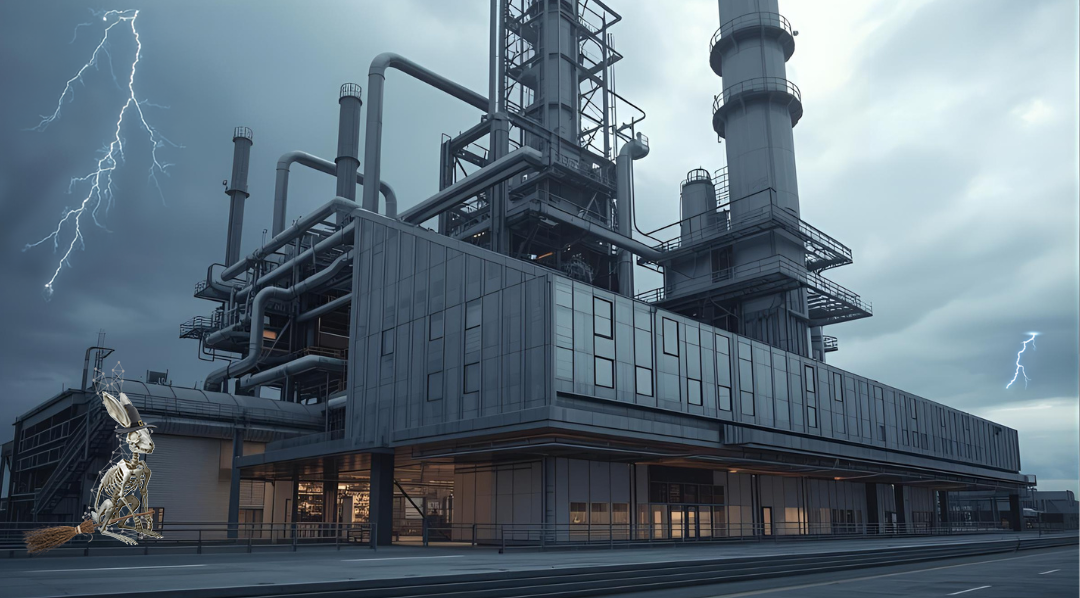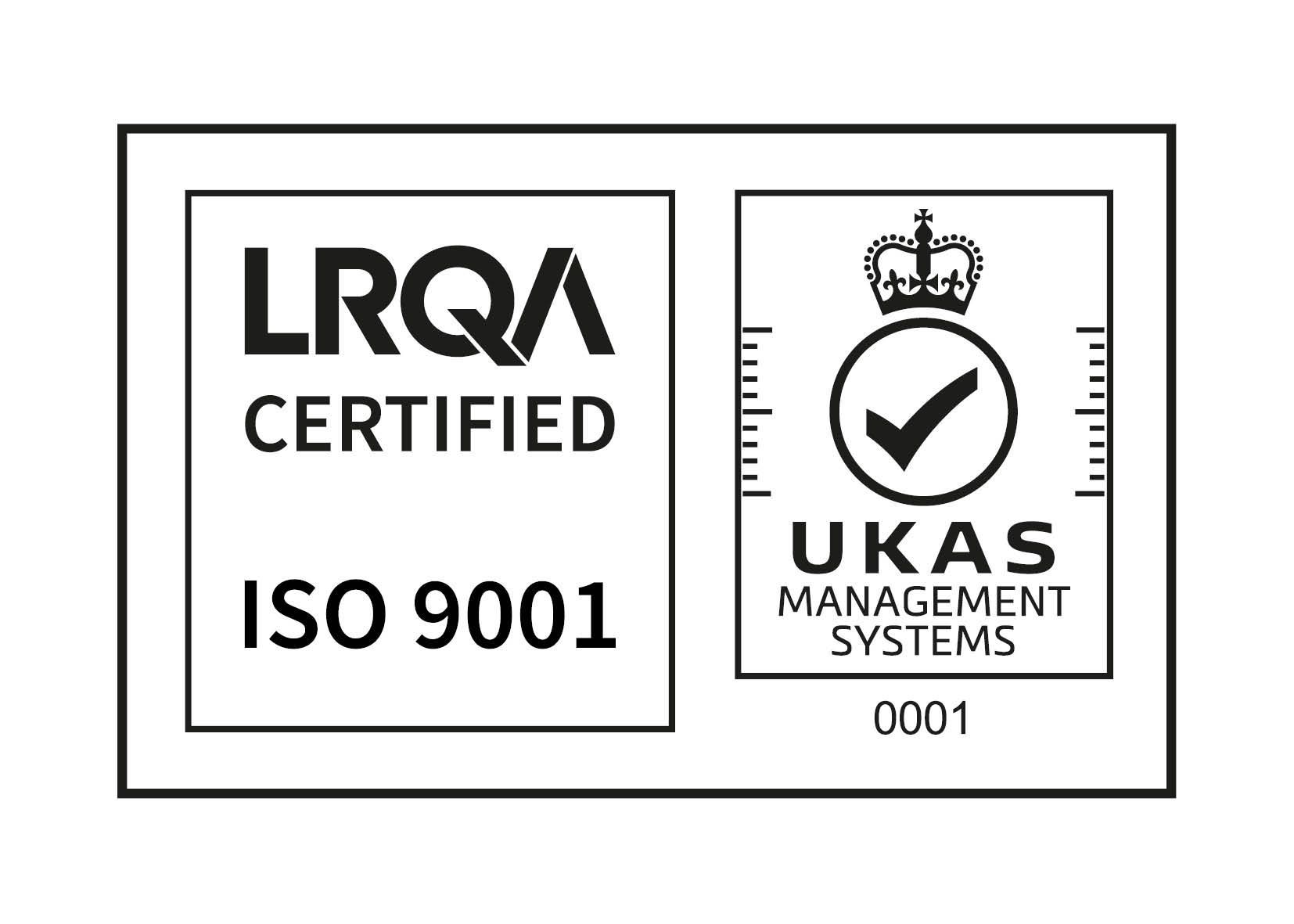Is ISO 9001 Certification Worth It in Engineering? What Clients Actually Care About

Is ISO 9001 Certification Worth It in Engineering? What Clients Actually Care About
ISO 9001: 2015 is often seen as a gold standard for quality assurance, but does it really matter in engineering design?
If you’re managing a chemical or energy site, you’re under pressure to deliver safe, accurate, and cost-efficient projects. So it’s fair to ask: when is ISO 9001 certification truly necessary - and when might it not be?
Let’s explore the value it brings, when to prioritise it, and what else you should look for in an engineering partner.
What ISO 9001 Certification Means
ISO 9001 is a globally recognised quality management standard. Certification shows that a company has:
Documented, repeatable systems for managing projects and delivering results- A proactive approach to risk identification and mitigation
- A culture of continuous improvement
- A focus on delivering consistent value to clients
In high-stakes environments (like chemical plants, pharmaceutical facilities, and energy infrastructure), these qualities are essential.
Certification offers assurance that your partner has a structured, reliable way of working that’s designed to minimise risk and maximise accuracy.
When Certification Really Matters
ISO 9001 certification becomes especially important when you’re delivering safety-critical projects or working with hazardous materials. In these environments, errors aren’t just costly - they can pose serious risks to people, property, and compliance. Certification is also essential when regulatory bodies or internal QA teams require formal alignment with recognised standards. If your project involves coordinating multiple contractors, detailed documentation and strong cross-team communication become essential. And in scenarios where there’s little room for error due to tight timelines, congested sites, or operational pressures, working with a certified partner adds an extra layer of confidence.
What Scenarios are ISO 9001 Not Required
For smaller or lower-risk projects, particularly those with a well-defined scope and shorter timelines, ISO 9001 certification may not be a must-have. In these instances, how your engineering partner actually works can be more telling than their formal credentials. Transparent, well-documented processes, clear communication, and a strong history of delivering accurate work with minimal revisions are often more valuable indicators. Certification is one way to confirm capability. Ultimately, it’s the partner’s mindset, workflow, and attention to detail that determine project success.
What To Look For When It Comes To Quality
Whether ISO 9001 is a requirement or not, it’s always worth asking potential partners how they manage quality. Do they have built-in review and approval steps throughout their design process? How do they handle document control and track revisions? Are their systems robust enough to catch issues before they become costly problems? And perhaps most importantly, can they explain their process clearly and confidently, giving you visibility into how they’ll support your project? These are the real markers of a quality-focused team, certification or not.
Final Thoughts
ISO 9001 certification is an excellent indicator of a company’s commitment to quality, but it’s not the only one. What matters most is whether your partner delivers accurate, reliable, and timely work that supports your project goals.
Use certification as a starting point, but dig deeper into how a team operates. Because in engineering, the risks of getting it wrong are too high to leave to chance.
If you’re planning a project and wondering whether ISO 9001 should be a requirement, we’d be happy to talk it through. No pressure - just practical advice based on your needs.




